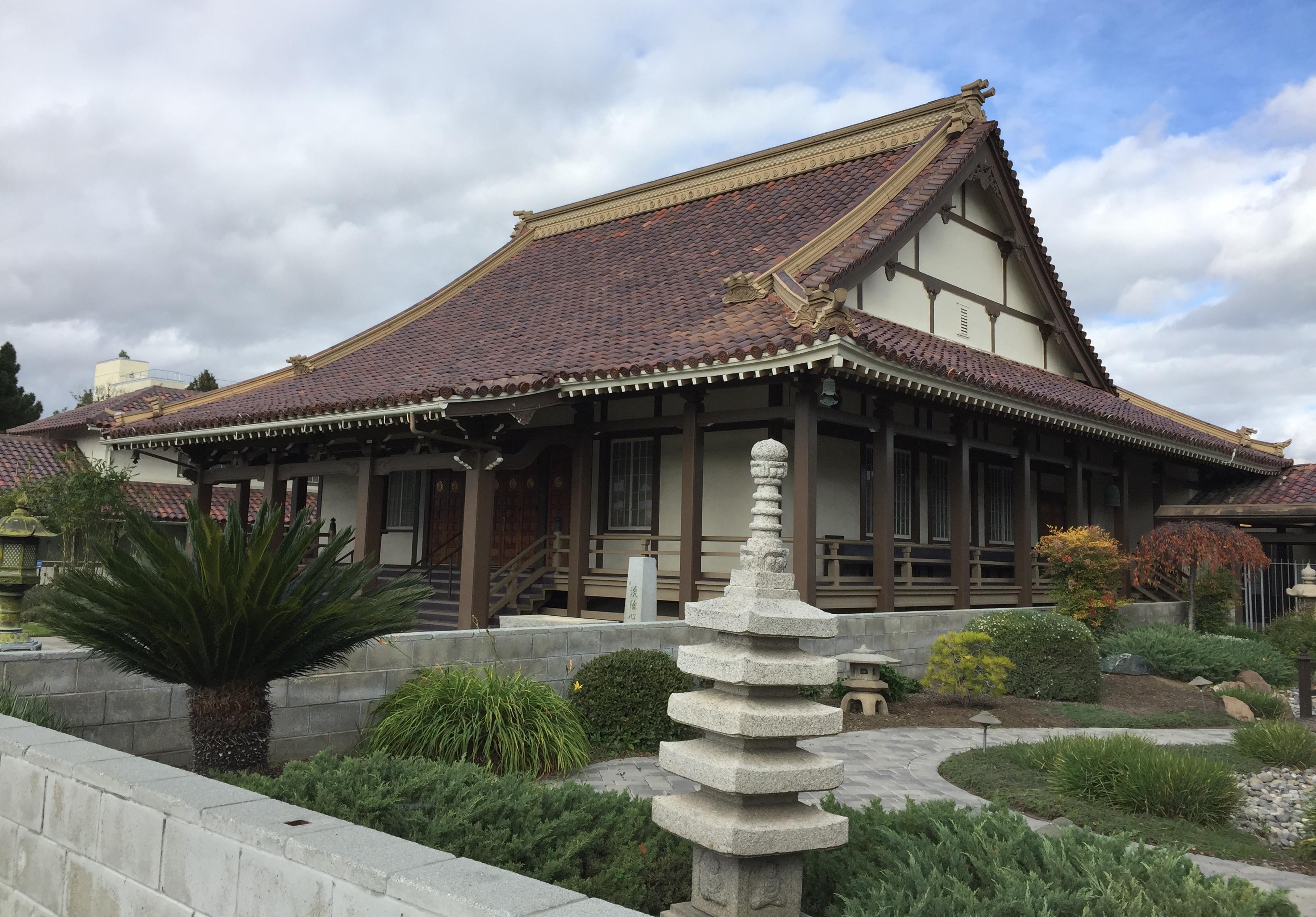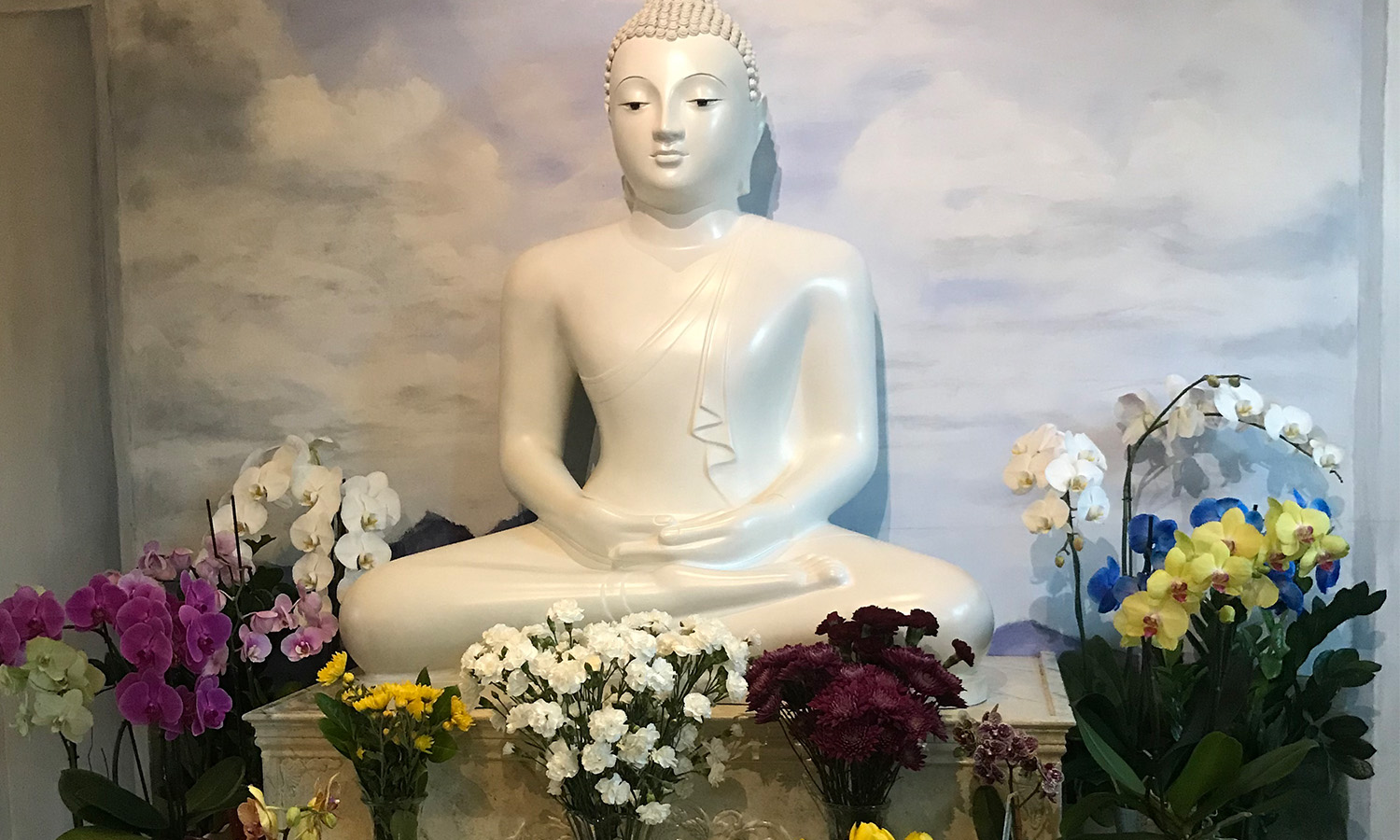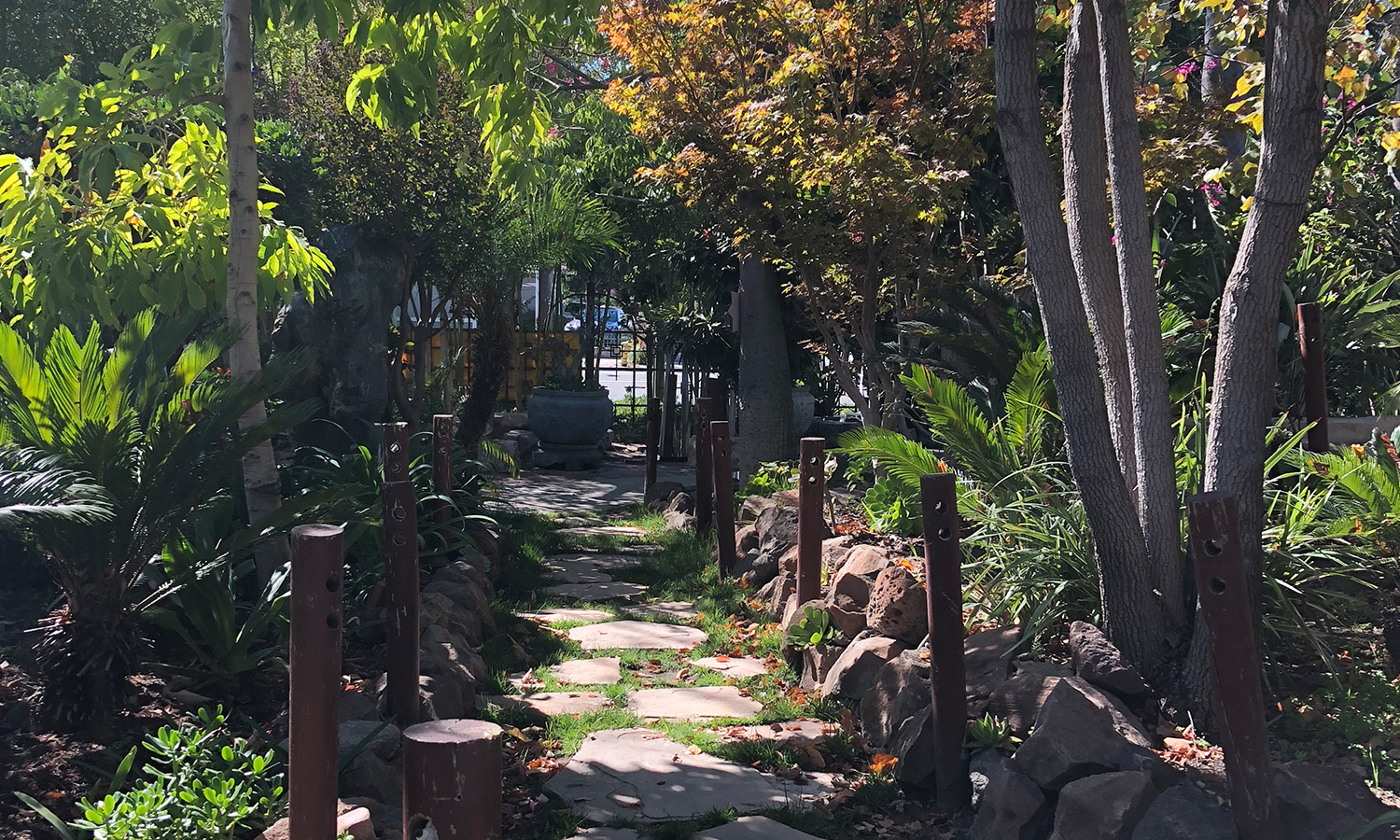Sacred space is an often ignored aspect of religion. Yet, sacred space is integral to many religions and forms of spirituality. We recognize sacred spaces in the forms of religious buildings (e.g., churches, mosques, temples, synagogues, gurdwaras, and sweat lodges). When we step into these spaces, it is nearly instinctual that we be more cautious about our behavior, what we say, or how loudly we say it.
Therefore, we recognize the spiritual significance of the space inside the walls. However, there are two other ways that we may create or experience sacred spaces: in spaces with multiple functions, both religious and nonreligious, and outside of walls altogether.
First, we encounter many mixed-use spaces. These may be a conference room, an office, a person’s home, or other presumably secular space that becomes “sacred” when used for special spiritual purposes like meditation, prayer, Bible study, yoga, and the like. Or, recognizably secular spaces may be marked with the spiritual or religious when, for instance, people hang a religious image on the wall, set a statue of a revered saint, exemplar, or holy person on a desk, or perhaps burn incense before getting to everyday work in order to "clear the air."
Second, there are many outdoor spaces which inspire a sense of awe and wonder that harken to the sacred. Consider the majesty of redwood forests in Northern California, the allure of sunsets on beaches all along the California coast, or the tranquility of a hike in the Sierra Nevada mountains. People also report a sense of the sacred in more humble outdoor secular spaces, like in peaceful city parks, along roadsides where we often find memorials for lost loved ones, or in backyard gardens perhaps marked with statues of angels, saints, Buddhas, or other spiritual icons.
Understanding what makes such spaces seem "sacred" is integral to understanding living religion, and students studying living religion in Santa Clara University courses attend closely to them in their field work in the local religious and spiritual landscape.
This section of the Encounter Geomapping Project focuses on student experiences and observations of sacred spaces. Below we showcase students’ fieldwork on sacred spaces in the following ways: featured images of sacred spaces, Encounter Geomap entries focusing on sacred spaces, and a featured visual story on sacred spaces.
Through a compilation of images taken at various sacred sites on Santa Clara University's campus, the nearby suburban area, and the surrounding Silicion Valley religious community, this photo essay intends to shed light on the interactive aspect of lived religious experiences. Over time through repeated offerings and givings of faith, individuals are able to express their membership and devotion to a community.
People typically associate religion and spirituality with specially designated spaces -- churches, mosques, synagogues, temples, etc.
But ordinary, local landscapes -- neighborhoods, yards, parks, restaurants, shops, and more -- are routinely marked by people with elements of religious and spiritual significance, transforming presumably secular spaces to something not exactly "religious" in any conventional sense, but certainly "spiritualized" -- or, as I prefer, religion-ish -- through the creative appropriation of religious images, symbols, objects, words, and other idioms.




